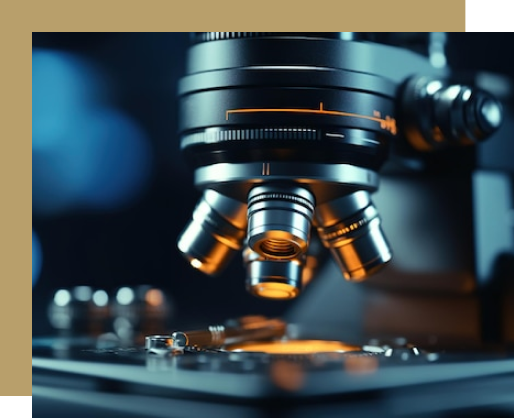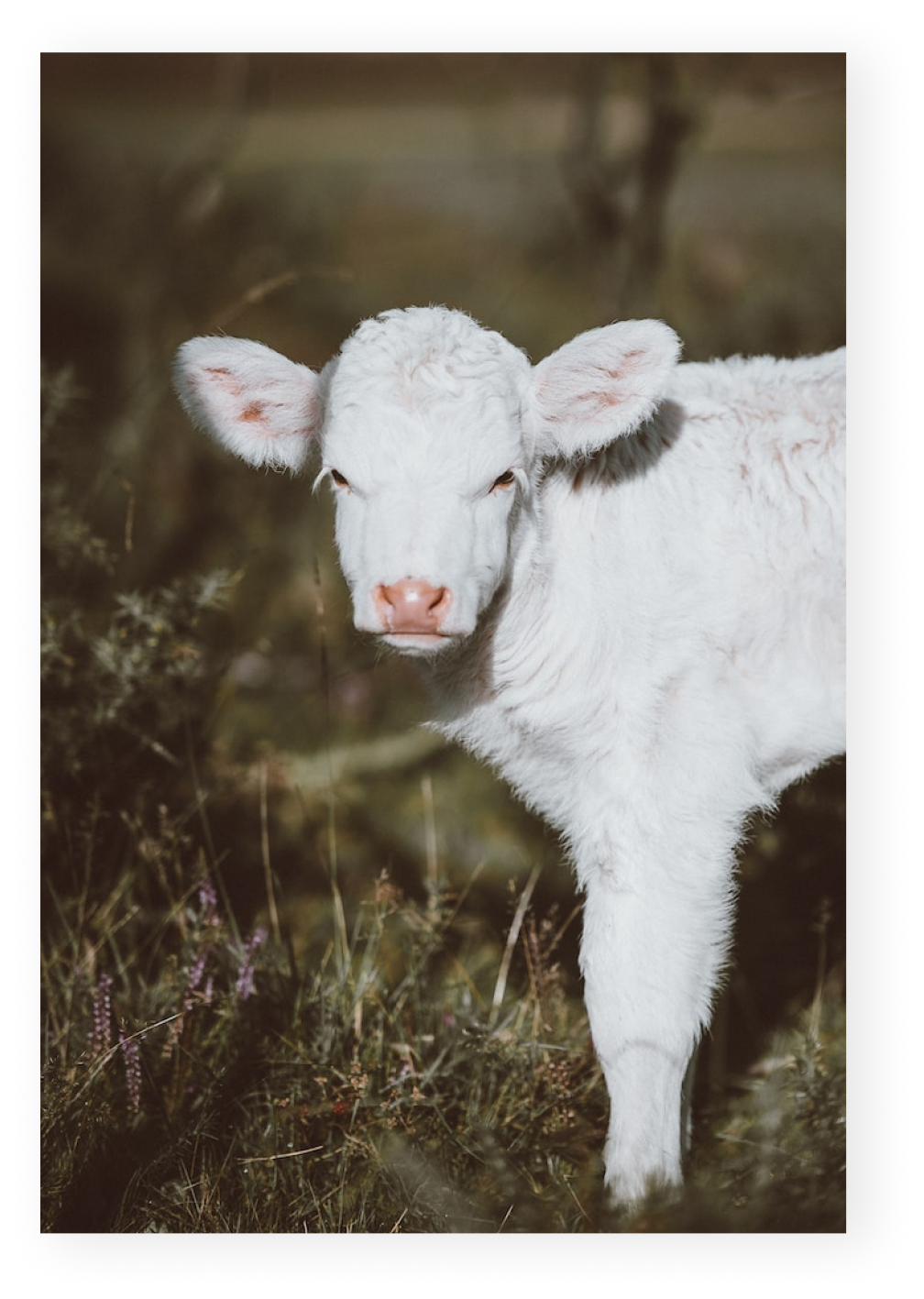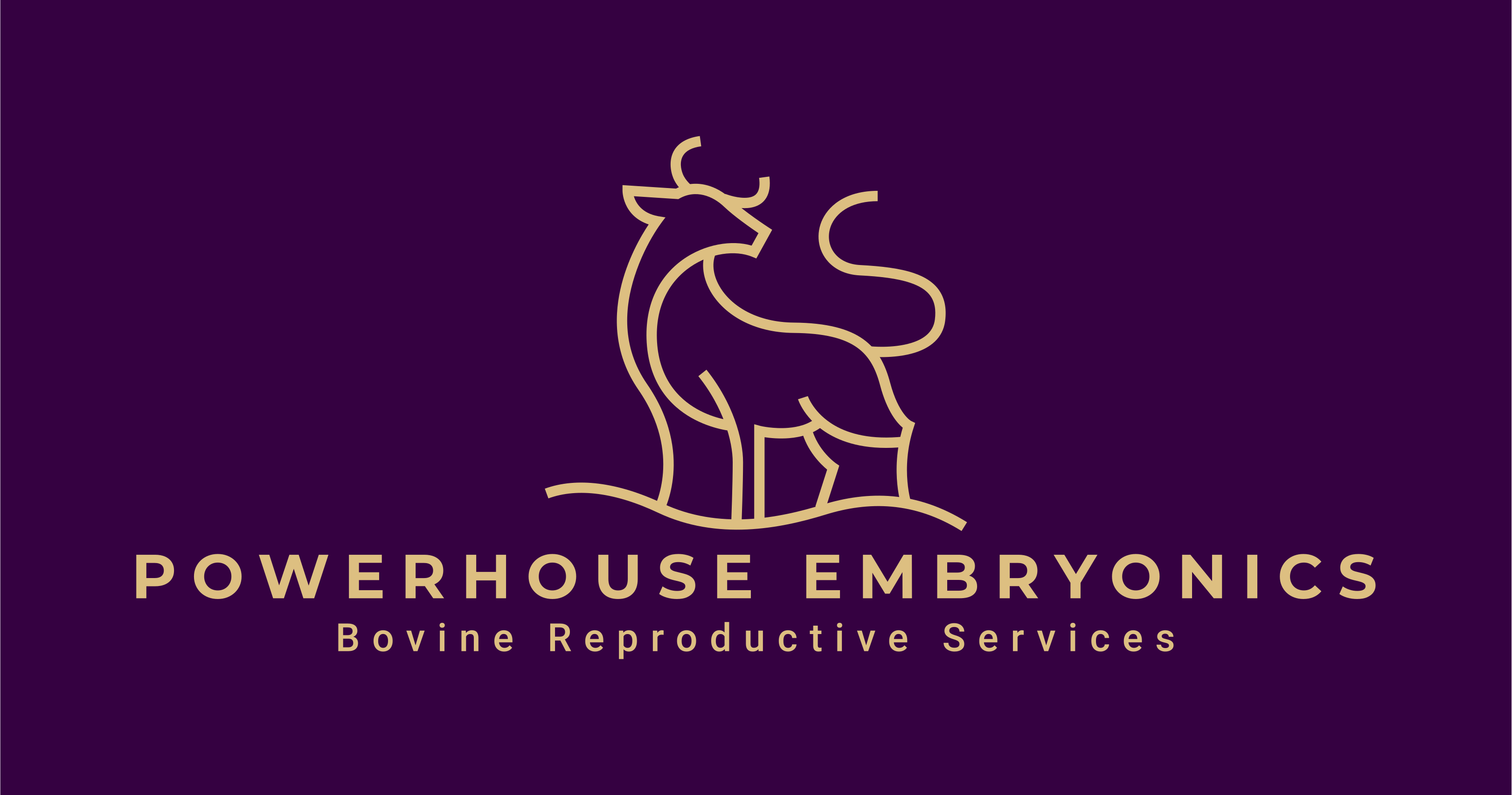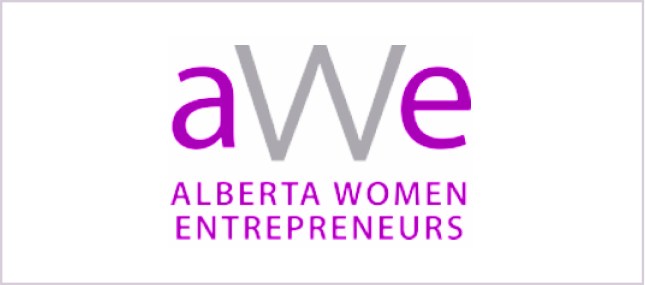CONVENTIONAL FLUSHING
At Powerhouse Embryonics, our mission is to act with integrity to provide cutting-edge, innovative assisted reproductive technologies to cattle producers throughout Canada.

The Main Event
Embryo recovery is completed on Day 7, also known as the flush date. At this time the cow is either brought into the clinic or the flush is completed on farm. During this time embryos are located in the upper one third of the uterine horn.
Getting Started
Superovulation Management
Superovulation of the donor animal is done by hormone treatment which causes multiple follicles to ovulate. Management is very important in determining the success of the conventional flush process. During the course of 17 days your animal will need to receive a number of time sensitive injections meant to superovulate and bring about estrus.
Embryo Harvest Procedure
A catheter is inserted into the right uterine horn, where the cuff will then be inflated. Each uterine horn will be flushed with flush media. Fluid from each uterine horn is passed through a filter to collect the embryos. Once this step is completed on the right uterine horn, the same will be done on the left uterine horn. After flushing is complete, the catheter will then be deflated and retracted from the donor cow.
Embryo Rinsing Process
In the laboratory, the filter is carefully transported for rinsing to meticulously collect all harvested embryos. The resulting collection is then delicately transferred into a Petri dish, facilitating subsequent analysis and procedures.
Searching for Embryos
The Petri dish is searched under a microscope by a trained embryologist to collect any embryos the cow has produced. Embryos collected are washed and placed into a new dish where they will undergo grading and inspection at high magnification.
Trypsin Wash Protocol
A trypsin wash is necessary to produce exportable embryos. Trypsin is used to prevent disease transfer between donor cow and recipient animals as some pathogens can stick to the zona pellucida and be transferred.
Fresh or Frozen
Embryos may undergo immediate transfer if suitable recipient animals are accessible, or they can be cryopreserved for future utilization. This flexibility allows for strategic planning and optimal timing in reproductive procedures.
Get Started
Superovulation Management
Superovulation of the donor animal is done by hormone treatment which causes multiple follicles to ovulate. Management is very important in determining the success of the conventional flush process. During the course of 17 days your animal will need to receive a number of time sensitive injections meant to superovulate and bring about estrus.
Embryo Harvest Procedure
A catheter is inserted into the right uterine horn, where the cuff will then be inflated. Each uterine horn will be flushed with flush media. Fluid from each uterine horn is passed through a filter to collect the embryos. Once this step is completed on the right uterine horn, the same will be done on the left uterine horn. After flushing is complete, the catheter will then be deflated and retracted from the donor cow.
Embryo Rinsing Process
In the laboratory, the filter is carefully transported for rinsing to meticulously collect all harvested embryos. The resulting collection is then delicately transferred into a Petri dish, facilitating subsequent analysis and procedures.
Searching for Embryos
The Petri dish is searched under a microscope by a trained embryologist to collect any embryos the cow has produced. Embryos collected are washed and placed into a new dish where they will undergo grading and inspection at high magnification.
Trypsin Wash Protocol
A trypsin wash is necessary to produce exportable embryos. Trypsin is used to prevent disease transfer between donor cow and recipient animals as some pathogens can stick to the zona pellucida and be transferred.
Fresh or Frozen
Embryos may undergo immediate transfer if suitable recipient animals are accessible, or they can be cryopreserved for future utilization. This flexibility allows for strategic planning and optimal timing in reproductive procedures.


Contact Us
- 36 Wheatland Crescent, Provost, AB, Canada
- info@powerhouseembryonics.com
- Call Us : 780-753-1589





